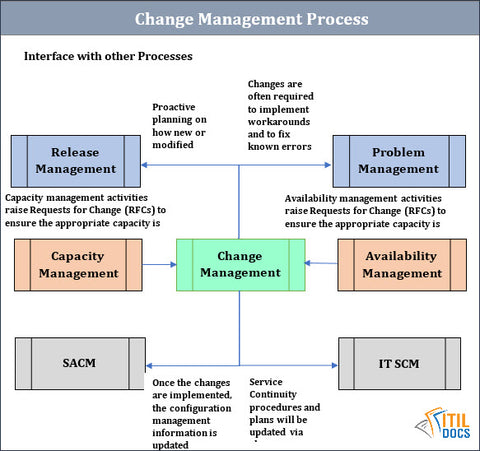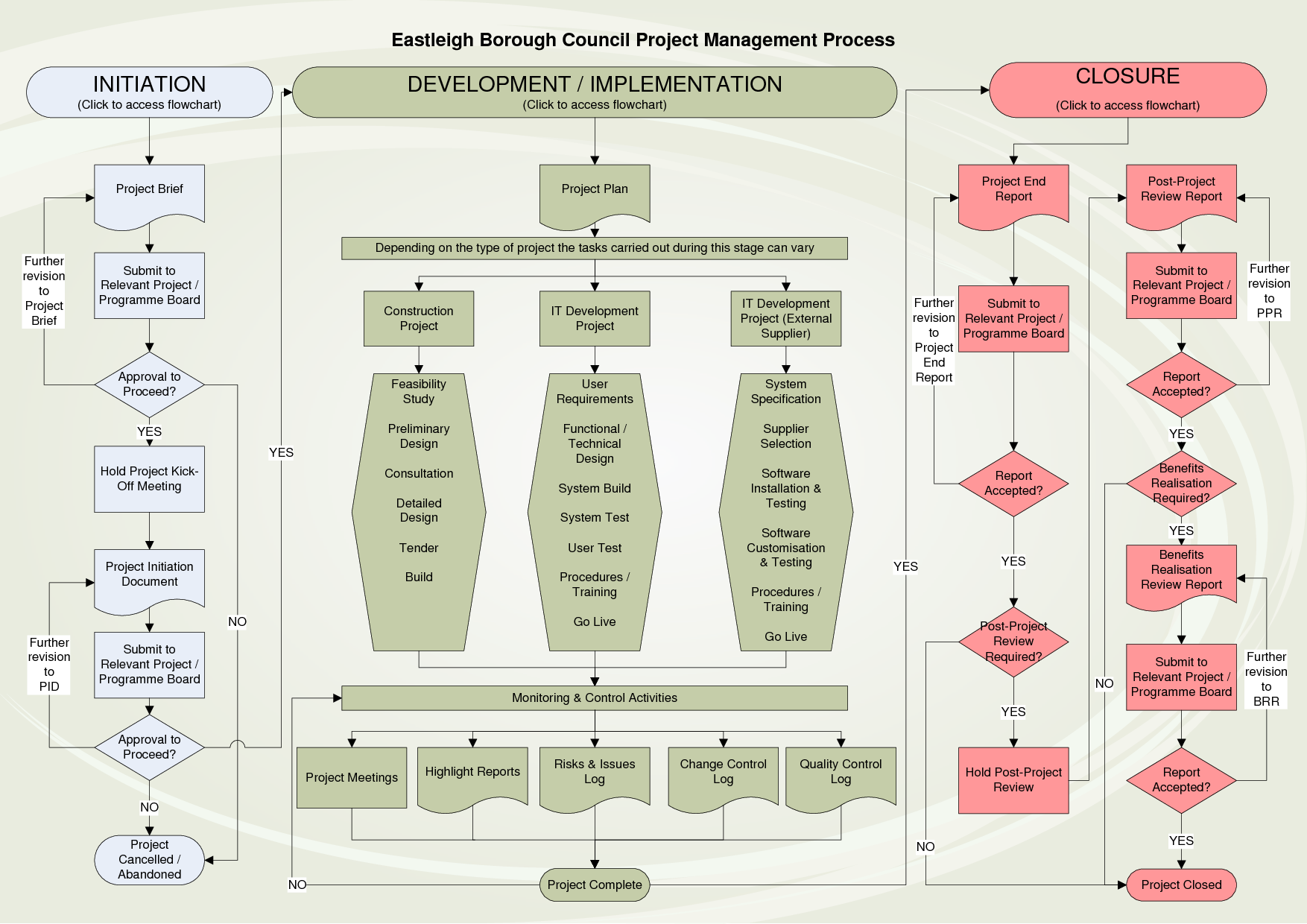

What is the relationship between this change and other changes?Īssessment and implementation of Emergency change. Who is responsible for the build, test, and implementation of the change?. What resources are required to deliver the change?. What are the risks involved in the change?. What is the return required from the change?. Where tool access is available, the Change Initiator raises a Change record himself.īased on the initiator’s assessment and the Change Management policy/guidelines, the change is classified as Emergency, Normal, Standard, Minor change.Ĭheck RFC for completeness, practicability, and perform initial assessment: Consider the 7R’s of the Change Management. The Change Initiator requests for a Change to Service Desk who in turn creates a Change record. The objective is to filter out Requests for Change which do not contain all information required for assessment or which are deemed impractical. Subprocesses involved in change management is defined below: #ITIL CHANGE MANAGEMENT PROCESS FLOW DIAGRAM UPGRADE#
This process starts with a Request for Change due to a major or minor upgrade to an existing service or a service request requiring a change.Įach change ticket or RFC is recorded so that it could be tracked, monitored, and updated throughout its life cycle. In a practical IT environment, change management operations would generally be executed as per the below diagram:

Change Management Process Change Management Process flow This diagram depicts how Change Management has operated and the interfaces associated with it. The Change management process interfaces with various other Service management processes as shown in the diagram above. Scope of Change Management can be defined as: Ensure that all changes to configuration items are recorded in CMS.Checkpoints are enforced to understand the progress of change and to understand the failures. Ensure that failed changes are analyzed and RCA’s done to reduce the reoccurrence of such instances.

Ensure that changes are recorded and evaluated and that authorized changes are prioritized, planned, tested, implemented, documented, and reviewed in a controlled manner.

Respond to the business and IT requests for change that will align the services with the business needs. Respond to the customer’s changing business requirements while maximizing value and reducing incidents, disruption, and re-work. The objective of Change Management is to: It is a process used for managing the authorized and planned activities like addition, modification, documentation, removal of any configuration items in the configuration management database that are a part of a business's live production and test environments along with any other environment that a business wants to have under Change Management.Ĭhange Management focuses on transitioning new services or modifying the existing services into IT operational environment ensuring the changes wouldn’t create any outages in the IT environment. Mega Bundle (includes all ITSM templates)Ī Change is nothing but of shifting/transitioning/modifying/from its current state to a desired future state.Ĭhange management is an IT service management discipline.








 0 kommentar(er)
0 kommentar(er)
